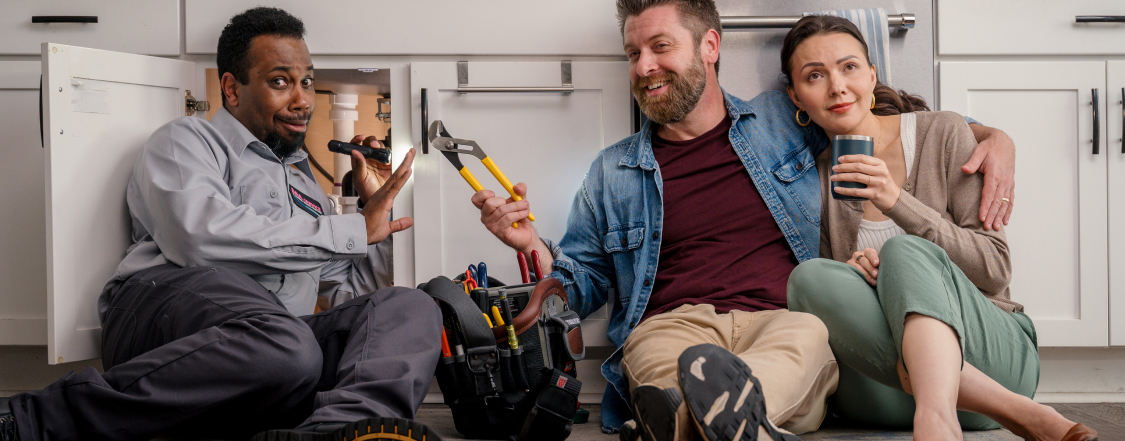
If you’re planning on installing a new furnace, you might be wondering how long the process will take. Furnace installation time can vary depending on several factors, but knowing what to expect will help you plan and prepare.
From the initial preparation to the final test of the system, the average furnace installation typically takes one day to complete. However, some factors could extend or shorten that time frame.
Here, we’ll outline these factors and walk you through the furnace installation process so you have a clearer picture of what’s involved.
Factors That Can Affect Furnace Installation Time
There are many factors that can influence how long a furnace installation takes. Here are the most common:
Type of Furnace
Gas furnaces require additional work to install, like connecting to gas lines and ensuring proper ventilation.
Size of the Home
Larger homes typically require more time for installation, especially if the system needs additional ductwork or upgrades to effectively handle the furnace’s output.
Existing Ductwork Condition
If your ductwork needs to be repaired or replaced, this will add time to the overall process.
Location of the Furnace
Furnaces in hard-to-reach areas, such as attics or crawl spaces, may take longer to install due to the difficulty in accessing these areas.
Permits & Inspections
In some cases, local permits and inspections are required for furnace installation, which can add time to the project. Be sure to check your local regulations.
Old Furnace Removal
Removing and disposing of an old furnace can also extend the installation time, especially if the unit is large or difficult to access.
How to Choose the Right Furnace for Your Home
Choosing the right furnace for your home is essential to ensure comfort and efficiency. Here are a few things to consider:
- Home size: The size of your home will determine the capacity of the furnace you need.
- Fuel type: Decide whether you want a gas, electric, or oil furnace. Gas furnaces are the most popular due to their efficiency and lower operating costs, but electric furnaces may be a better option for some homes.
- Efficiency rating: Look for furnaces with a high AFUE (annual fuel utilization efficiency) rating to reduce energy costs.
- Budget: While higher-efficiency furnaces have a higher upfront cost, they’ll save you money in the long run through reduced energy consumption.
The Furnace Installation Process
Understanding the furnace installation process can help you know what to expect when the HVAC team arrives at your home.
- Preparation: The first step is to prepare the area where the furnace will be installed.
- Furnace placement: Next, the furnace is positioned and secured in place. If ductwork needs to be added or modified, this is done at this stage.
- Connecting utilities: For gas furnaces, the technicians will connect the unit to the gas line.
- Thermostat installation: If you’re upgrading your thermostat, this step is typically included in the installation process.
- Testing and inspection: Once everything is in place, the system is thoroughly tested to ensure it’s functioning correctly. This includes checking for gas leaks, airflow, and thermostat controls.
- Final walkthrough: After the system has been tested, the technician will walk you through the operation of your new furnace and answer any questions about maintenance or usage.
Choose AAA Service Plumbing, Heating and Electric for Furnace Installation & Replacement in Denver, CO
When you choose AAA Service Plumbing, Heating and Electric for heating services, you’re choosing quality, expertise, and reliability. Our team will ensure that your furnace installation is done right the first time, guaranteed.
Whether you’re replacing an old furnace or installing a new system, we provide upfront pricing and exceptional customer service every step of the way.
For reliable furnace installation and replacement in Denver, CO, trust AAA Service Plumbing, Heating and Electric. Contact us today to schedule a service.









